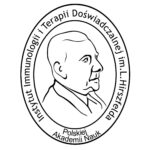
Ogłoszenie o konkursie na stanowisko dyrektora Instytutu Immunologii i Terapii Doświadczalnej im. Ludwika Hirszfelda PAN we Wrocławiu
im. Ludwika Hirszfelda Polskiej Akademii Nauk

Zapraszamy do udziału w otwartym naborze na członka konsorcjum w Konkursie otwartym na niekomercyjne badania kliniczne i eksperymenty badawcze ABM/2024/1. Nabór prowadzony jest przez Instytut Immunologii i Terapii...
Więcej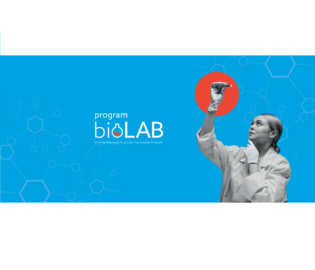
Z przyjemnością informujemy, iż doktorantka WSD IPAN mgr Anna Andrzejczak z Laboratorium Genetyki i Epigenetyki Chorób Człowieka została laureatką Programu BioLAB na rok akademicki 2024/25 i zrealizuje staż...
Więcej
Miło nam poinformować, że dr inż. Honorata Kraśkiewicz z Samodzielnego Laboratorium Biologii Komórek Macierzystych i Nowotworowych, kierowanego przez prof. dr hab. Aleksandrę Klimczak,...

Z dumą informujemy, że dr Marta Sochocka z Laboratorium Wirusologii została beneficjentką 2024 January Alzheimer’s Association Research Grant (AARG) Program. Alzheimer’s Association przyznała...

Z przyjemnością informujemy, że wśród laureatów konkursu NCN Preludium 22 znaleźli się doktoranci z naszego Instytutu mgr Sylwia Biały i mgr inż. Jakub...

Ogłoszenie o konkursie na stanowisko dyrektora Instytutu Immunologii i Terapii Doświadczalnej im. Ludwika Hirszfelda PAN we Wrocławiu

Zapraszamy do udziału w otwartym naborze na członka konsorcjum w Konkursie otwartym na niekomercyjne badania kliniczne i eksperymenty badawcze ABM/2024/1. Nabór prowadzony jest przez Instytut Immunologii i Terapii Doświadczalnej im. Ludwika Hirszfelda Polskiej Akademii Nauk, ul. Weigla 12, 53-114 Wrocław. Celem naboru jest wyłonienie instytucji, która wystąpi w roli członka Konsorcjum w Czytaj więcej…
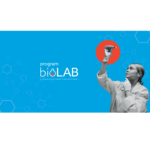
Z przyjemnością informujemy, iż doktorantka WSD IPAN mgr Anna Andrzejczak z Laboratorium Genetyki i Epigenetyki Chorób Człowieka została laureatką Programu BioLAB na rok akademicki 2024/25 i zrealizuje staż naukowy w University of Chicago. Program BioLAB, wcześniej znany pod nazwą Visiting Research Graduate Traineeship Program (VRGTP), to roczny staż dla studentów nauk biologiczno-chemicznych, Czytaj więcej…

Zapraszamy na seminarium IITD, które odbędzie się 25.04.2024 r. (czwartek) o godz. 9:00 w auli Instytutu, w czasie którego mgr Miriam Tomczak (Laboratorium Immunobiologii) wygłosi wykład pt.: “Splenoza – autotransplantacja śledziony”.
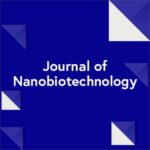
W czasopiśmie Journal of Nanobiotechnology (IF 10,2, pkt MEiN 140) opublikowana została praca, w której wiodący udział mieli pracownicy i doktoranci naszego Instytutu: mgr Anna Wróblewska, dr Bożena Szermer-Olearnik, dr Agnieszka Szczygieł, mgr Katarzyna Węgierek-Ciura, dr Jagoda Mierzejewska, mgr Roksana Kruszakin, dr Paweł Migdał oraz dr hab. Elżbieta Pajtasz-Piasecka. W pracy przedstawiono potencjał makrofagów Czytaj więcej…

Zapraszamy na seminarium IITD, które odbędzie się 18.04.2024 r. (czwartek) o godz. 9:00 w auli Instytutu, w czasie którego mgr Angelika Kruszyńska (Laboratorium Immunobiologii Molekularnej Nowotworów) wygłosi wykład pt.: “Therapeutic potential of monoclonal antibodies against anti-canine MHC-II antigen”.
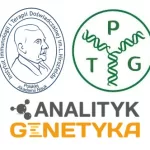
Z przyjemnością zapraszamy Państwa na V Wrocławską Konferencję Sekwencjonowania Następnej Generacji Omika w medycynie i nauce.
Konferencja organizowana jest przez Oddział Wrocławski Polskiego Towarzystwa Genetycznego i Instytut Immunologii i Terapii Doświadczalnej Polskiej Akademii Nauk, Przy wsparciu sponsorskim firmy Analityk Genetyka…